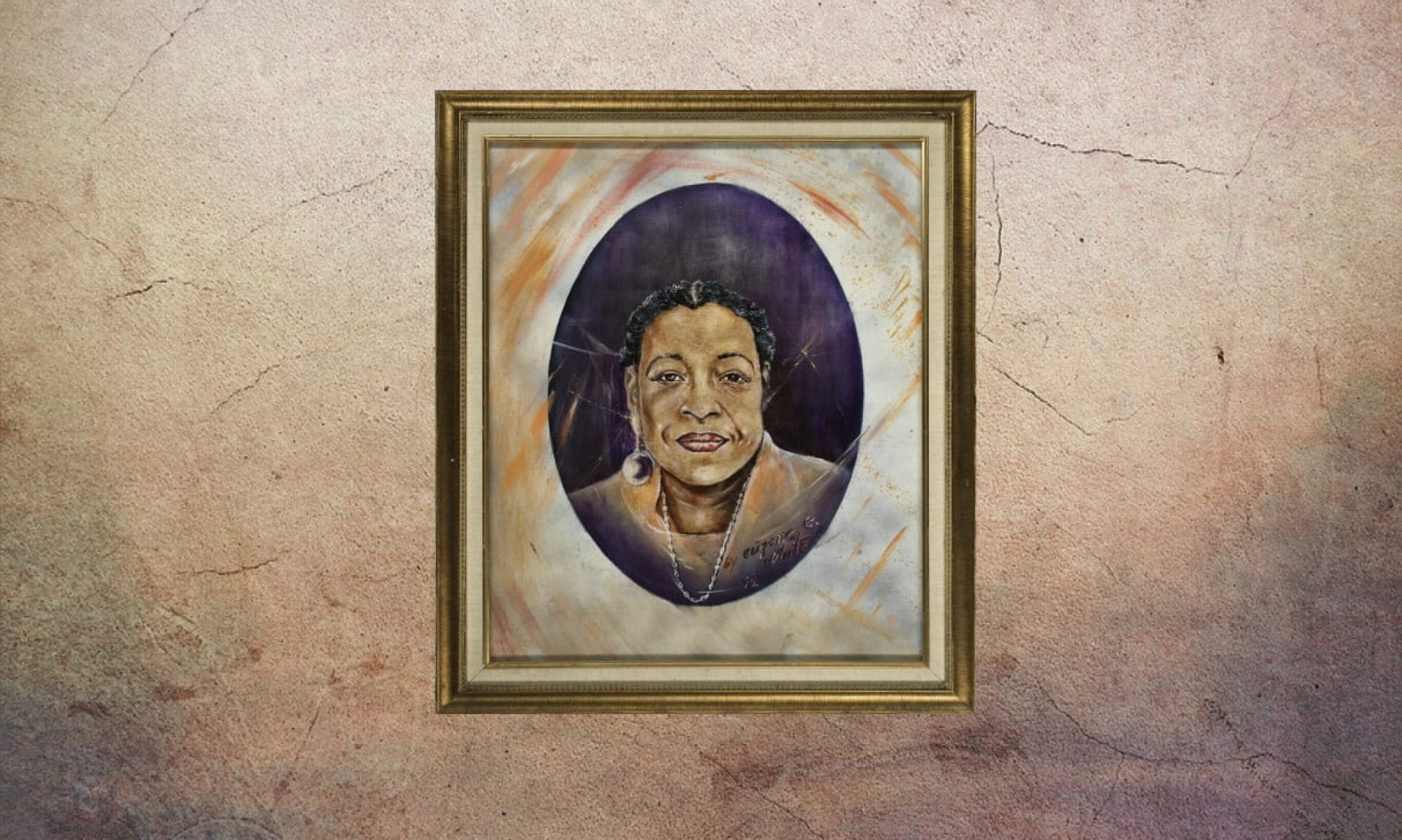
Willie B. Kennedy is remembered throughout San Francisco for her effervescence and determination. She spent “60 years as a political and social activist,” serving as a member and trusted advisor to several boards, organizations, and commissions in San Francisco. Her efforts provided support and hope to low-income communities of color (Congressional Report).
Kennedy was born on November 5, 1923, in Terrell, Texas. She and her family lived in a farmhouse complete with a water well and a wood-burning stove, a truly “rustic existence” (Coté). Willie’s humble upbringing fostered her interest in pursuing a career in advocacy. She attended high school in Dallas and became an exceptional student. One year after graduating high school, she married Paul L. Hooey, with whom she raised a daughter named Paulette M. Hooey. Willie eventually settled in San Francisco with her young daughter after the couple’s divorce (Coté).
After arriving in San Francisco, Willie met and fell in love with a young, handsome civil rights attorney named Joseph G. Kennedy, who would later serve as a federal judge. They were both passionate political figures in the social scene of San Francisco’s Western Addition neighborhood. Willie and Joseph married in 1955 (Metcalfe).
During this time in San Francisco’s history, there was a lack of willingness to offer rental occupancies to African Americans in certain neighborhoods. This forced a majority of the black community into the Western Addition. After World War II, news of San Franciscan “slums” became sensationalized. Newspaper campaigns depicted communal deterioration and specifically reported extreme cases of hardship. This representation of “blight” seemed to initiate a self-fulfilling prophecy among the residents and business owners of the Fillmore. Demolition loomed, and external pressures made it difficult to remain in the Fillmore. Those who attempted to stay were met by development stalls at every turn, forcing them out regardless. A harrowing combination of racism, neglect, and systematic decline would lead the San Francisco Redevelopment Agency to fully take control in 1949 (Brahinksy).
In 1953, the first house was demolished in an expansive urban renewal plan that would begin with the Western Addition. The public pushback was loud and immediate, but the government continued to spearhead its oppressive authority. In 1959, Justin Herman initiated the widening of Geary Street to an expressway, creating a clear and tangible division of race and class. The San Francisco Redevelopment Agency assigned several influential African Americans to the board of commissions. Willie B. Kennedy, alongside other pillars of the Fillmore community, fought hard to ensure that urban renewal would bring about positive change for communities of color and for the city as a whole. However, the only concession made as a response to one of the biggest pushouts in modern American history would be ghettoized, low-income public housing facilities, which many black residents of the Fillmore still occupy today (Brahinsky).
After the death of fellow Western Addition activist, Ella Hill Hutch in 1981, Kennedy was recommended to take her place on San Francisco’s Board of Supervisors as the third African American woman ever elected. During her 15 years on the board, she co-wrote a law that allocated certain city contracts for minority- and women-owned businesses. Kennedy also passed legislation that forbade San Francisco from conducting business with South Africa in response to the apartheid era (Coté).
After resigning from the city’s board in 1996, she was appointed to the BART board of directors. She became vice president in 2000, and formal president in 2001. One of her greatest initiatives during this time was the introduction of flash passes for community organizations in order to get to and from the Martin Luther King, Jr., parades (Congressional Report). Kennedy left BART in 2003, but never concluded her advocacy work. She served on several boards before the end of her life including the Bayview–Hunters Point Multipurpose Senior Services, Inc. Kennedy tried feverishly to actualize the dream of the late Dr. George Davis, original executive director, to build a new senior citizen center in the Fillmore (Bayview). Toward the latter end of her life she was also president of the Southeast Community Facility Commission, which continues to provide aid in employment opportunities, tax preparation, and voter registration services (Southeast).
Willie B. Kennedy’s final gesture would also be steeped in advocacy. Two days before her death, Willie and many community members finally broke ground on the Hunters Point shipyard redevelopment project, which is presided over by her company, W.B. Kennedy and Associates Consulting Co. She passed away at the age of 90 on June 28, 2013, from a heart attack (Metcalfe). Willie B. Kennedy’s legacy extends far beyond tireless dedication and work—caring so deeply for her community, Kennedy fought for change until her last days.
— Taylor Hazley, Meisy Tunay, and Savannah Miranda
Works Cited
Rachel Brahinsky. “Hush Puppies: Communalist Politics, and Demolition Governance.” Ten Years That Shook the City: San Francisco, 1968-1978. Edited by Chris Carlsson. San Francisco: City Lights.
Congressional Record, V. 149, PT. 2, January 21, 2003 to February 11, 2003.
Coté, John. “Willie B. Kennedy—Longtime S.F. Supervisor—Dies.” SFGate. 9 Jul 2013.
“Fillmore Timeline 1860–2001.” PBS. 22 Sep 2015.
Metcalfe, Rochelle. “Willie B. Kennedy: A Purpose-driven Life.” SF Bay View. 6 Aug 2013.
